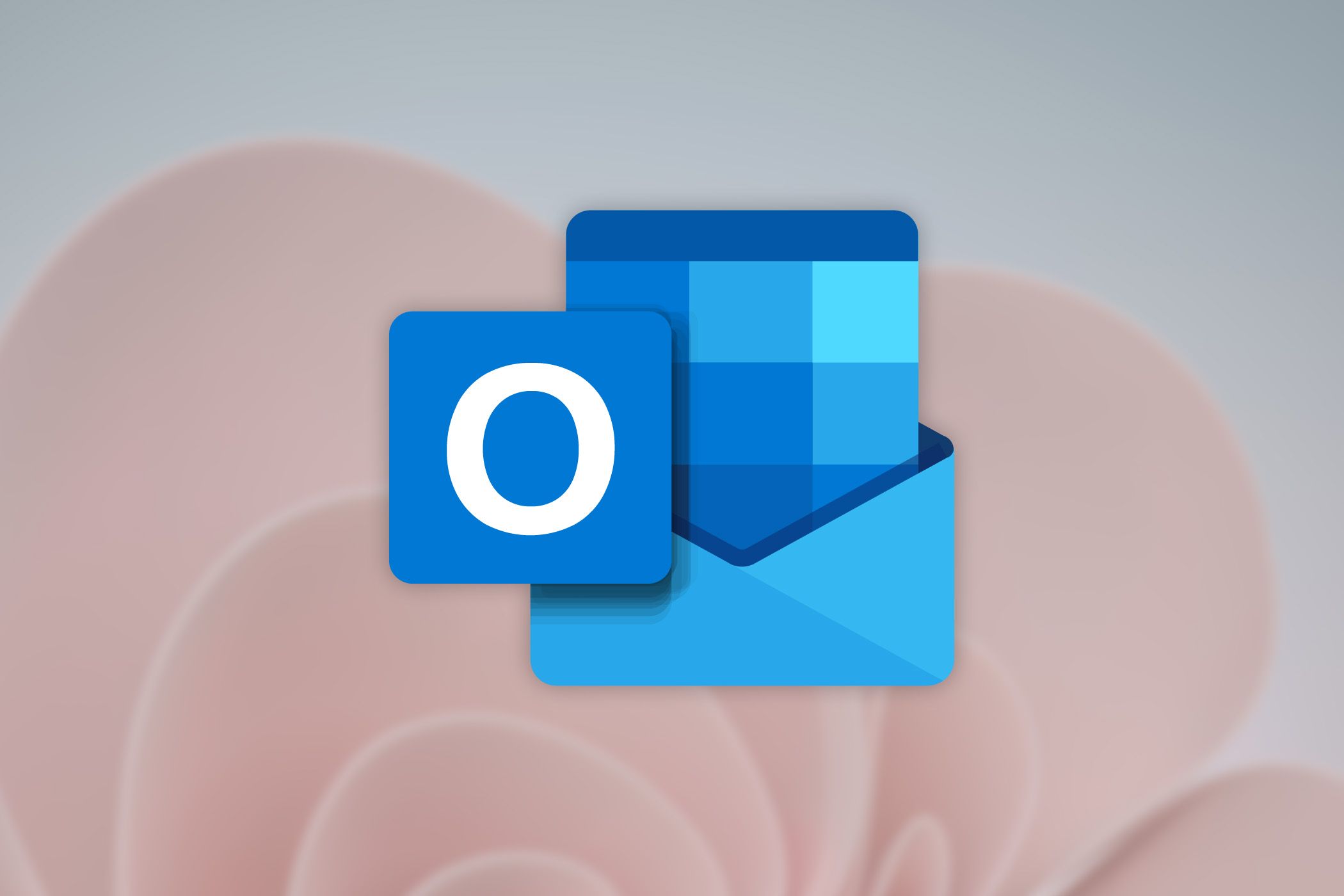The new Outlook for Windows has gradually rolled out over the past year, but not everyone is happy with it. Ready or not, Microsoft is now ready to push it to more people, as it has reached an important milestone.
Microsoft announced today that the new Outlook for Windows, which arrived in September 2023 for home users, has reached the “generally available” milestone for commercial customers. That means the new Outlook is now fully supported by Microsoft for businesses and organizations, and most people should be able to switch to it without breaking something.
Even though Microsoft has continued to improve the new Outlook since its official release last year, it’s still not popular with everyone. It has many 1-star reviews on the Microsoft Store, with most of the complaints focusing on a lack of a unified inbox, built-in advertisements, poor performance, and inconsistent synchronization. External email accounts also have to be connected to Microsoft’s cloud servers, instead of the local PC, which has sparked some privacy concerns.
The rollout for the new Outlook on home PCs has been much more rapid. It’s installed by default on new Windows 11 computers, and on older PCs, it has started fully replacing the abandoned Windows 10-era Mail and Calendar apps. The classic Outlook is still available for home users, but it requires a Microsoft Office license or Microsoft 365 subscription.
The new Outlook is still an opt-in switch for businesses and organizations, so many of them will probably keep using the old Outlook for now. Some of them might still need older VSTO and COM add-ins, which aren’t supported in the new Outlook. Most of the user complaints with the new Outlook are also still relevant in businesses and organizations, except they don’t have to deal with advertisements, because they’re already paying Microsoft.
Microsoft said in a blog post, “Built for today and designed for the future, the new Outlook for Windows combines rich productivity features and the latest innovations like Microsoft Copilot, to help users draft emails, summarize conversations, and receive coaching to more effectively get their messages across. Customers are already embracing these new tools, where we continue to see growing usage.”
Thankfully, Microsoft won’t be forcing anyone to move away from classic Outlook anytime soon. The company has already promised to continue supporting the classic Outlook for Windows until at least 2029, though the updates might end for home users sometime before that.
Source: Microsoft





